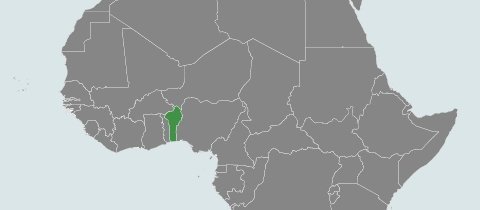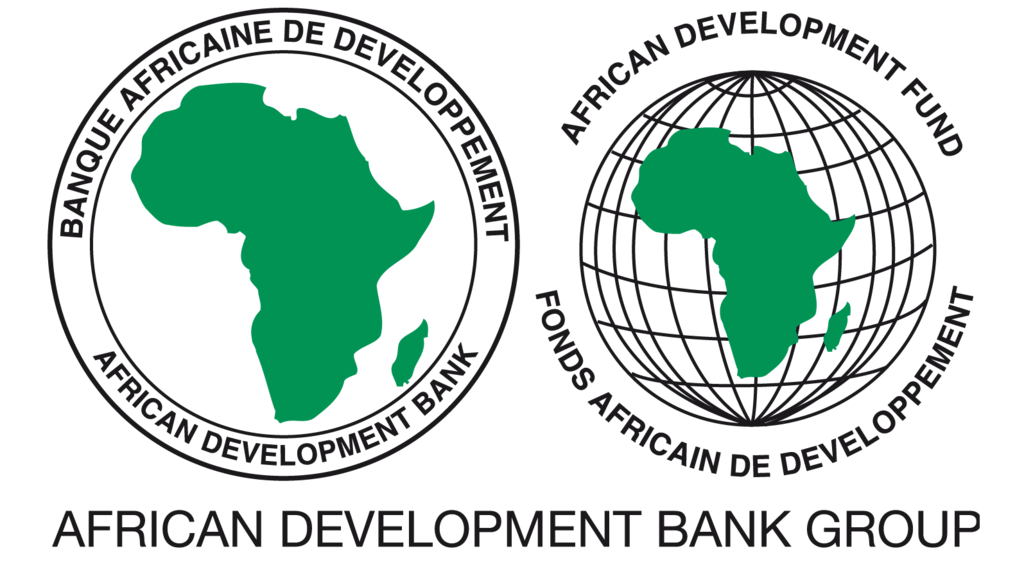At a glance
40% of Beninese citizens have access to electricity, with a significant disparity between urban (70%) and rural areas (18%). Access to clean cooking solutions is extremely limited both in urban and rural areas (6% average).
Reliability of the electricity provided by the Beninese electrical power-company (SBEE) remain plagued by wide variations in voltage and frequent power cuts. The main Benin’s energy resources can be classified into the following categories: biomass energy, fossil energy resources, mineral energy resources, hydropower potential, solar energy and wind energy.
The country is an ECOWAS member and, with the rest of the region, adopted a concerted approach to the implementation of the SEforALL Country Action, with the development of the Action Agenda alongside the Renewable Energy and Energy Efficiency Action Plans, and their formal adoption.
In terms of electricity access, the objective is to achieve urban and rural electrification rates of 95% and 65% by 2025, and regarding renewable energy target the objective is to achieve 24.6 % renewable energy in the energy mix of Benin in 2025.
The SEforALL implementation is followed by a focal point in the Energy and Water Ministry.
Location

Country contacts
Benin SEforALL focal point
Todéman ASSAN
Direction Générale de l'Energie
Ministère de l'Energie
| SEforAll Action Agenda Objectives | 2030 |
|---|---|
| Electricity Access, national | 100% |
| Access to clean cooking, national | 100% |
| Renewable Energy Output | 35% |
| Renewable Energy Consumption | n.a. |
| Energy Efficiency | n.a. |
| Country Action Documents | Status |
|---|---|
| Rapid Assessment | Under Development |
| Action Agenda | Finalized |
| Investment Prospectus | Under Development |
Documents
Country statistics
| Series | 2010 | 2012 | 2014 | 2016 |
|---|---|---|---|---|
| Access to electricity (% of population) | 34.2% | 38.4% | 34.1% | 41.4% |
| Urban (% of urban population) | 65.4% | 68.6% | 57.6% | 70.8% |
| Rural (% of rural population) | 13.9% | 14.5% | - | 18% |
| Access to clean fuels and technologies for cooking (% of population) | 5.3% | 5.9% | 6.6% | 6.4% |
| Population, total | 9.5 Million | 10.0 Million | 10.6 Million | 10.9 Million |
| Renewable energy consumption (% of total final energy consumption) | 51.5% | 51.1% | 48.6% | - |
| Renewable electricity output (% of total electricity output) | 0.7% | 0.6% | 0.5% | - |
| Electric power consumption (kWh per capita) | 92.3 | 90.2 | 97.3 | - |





